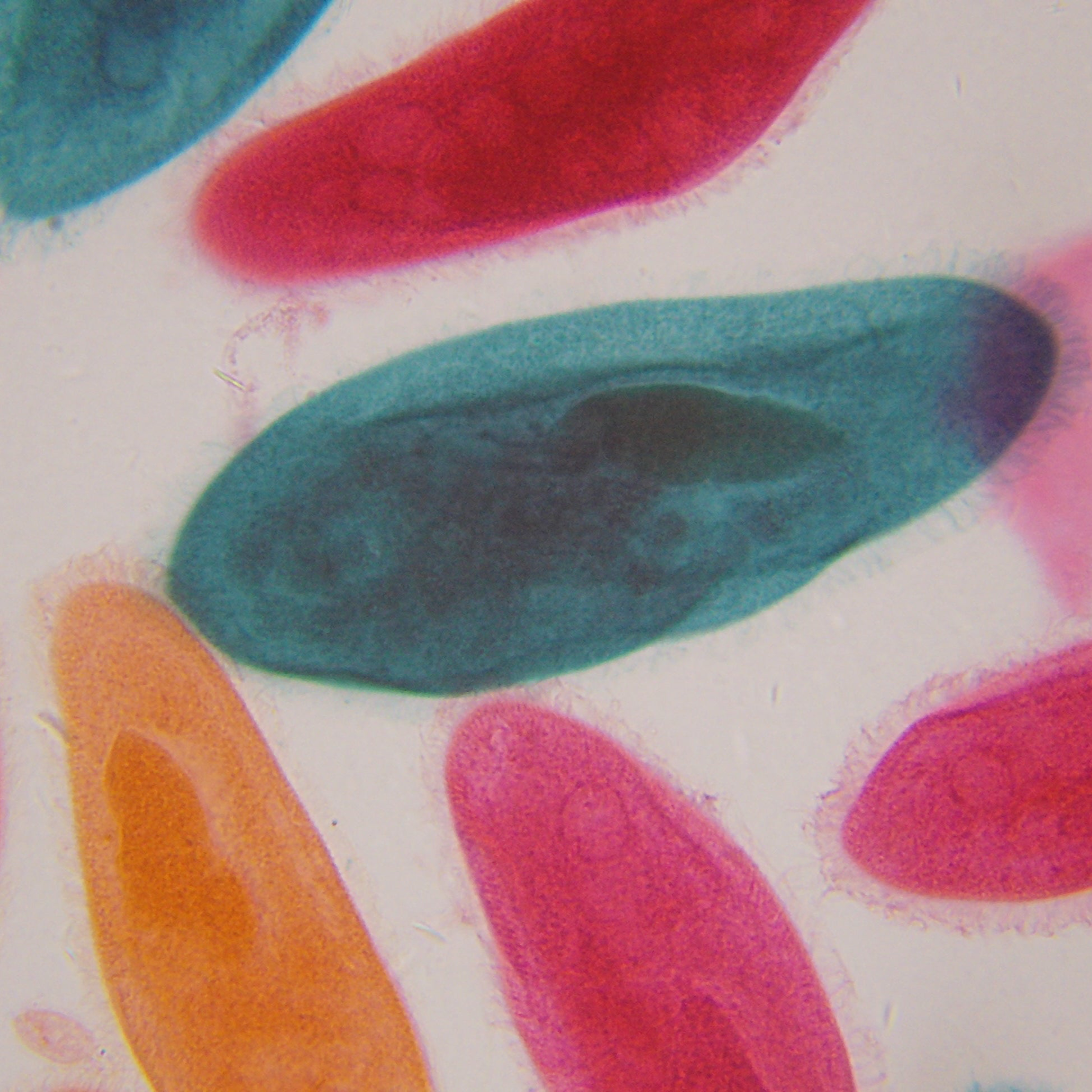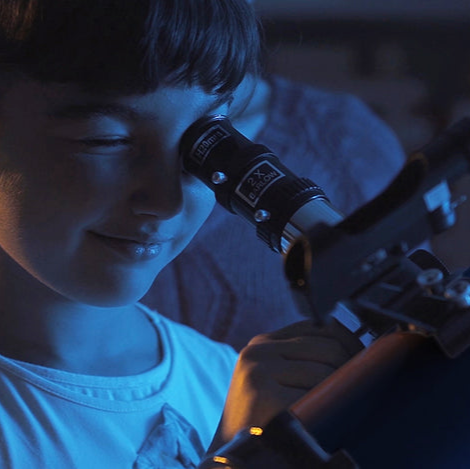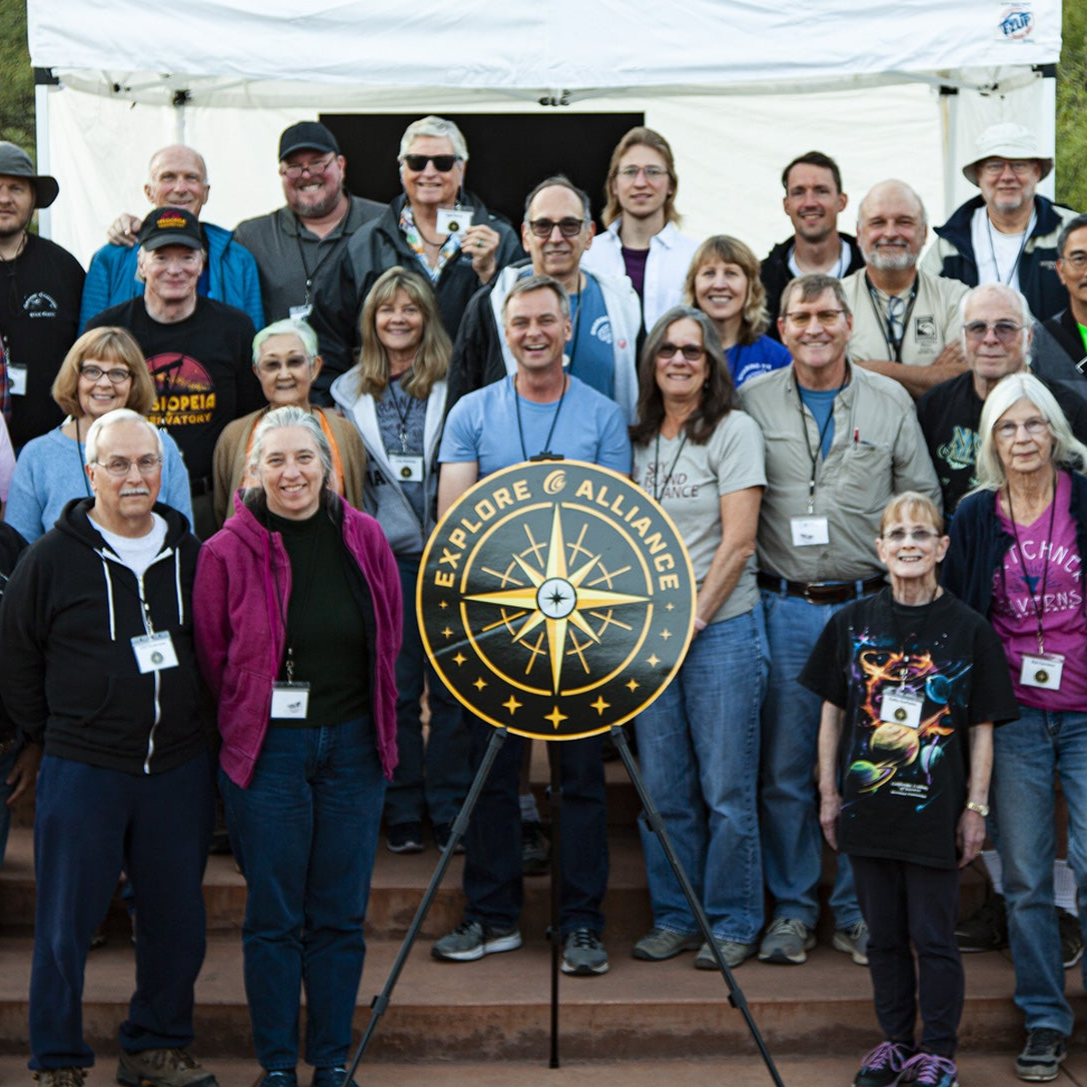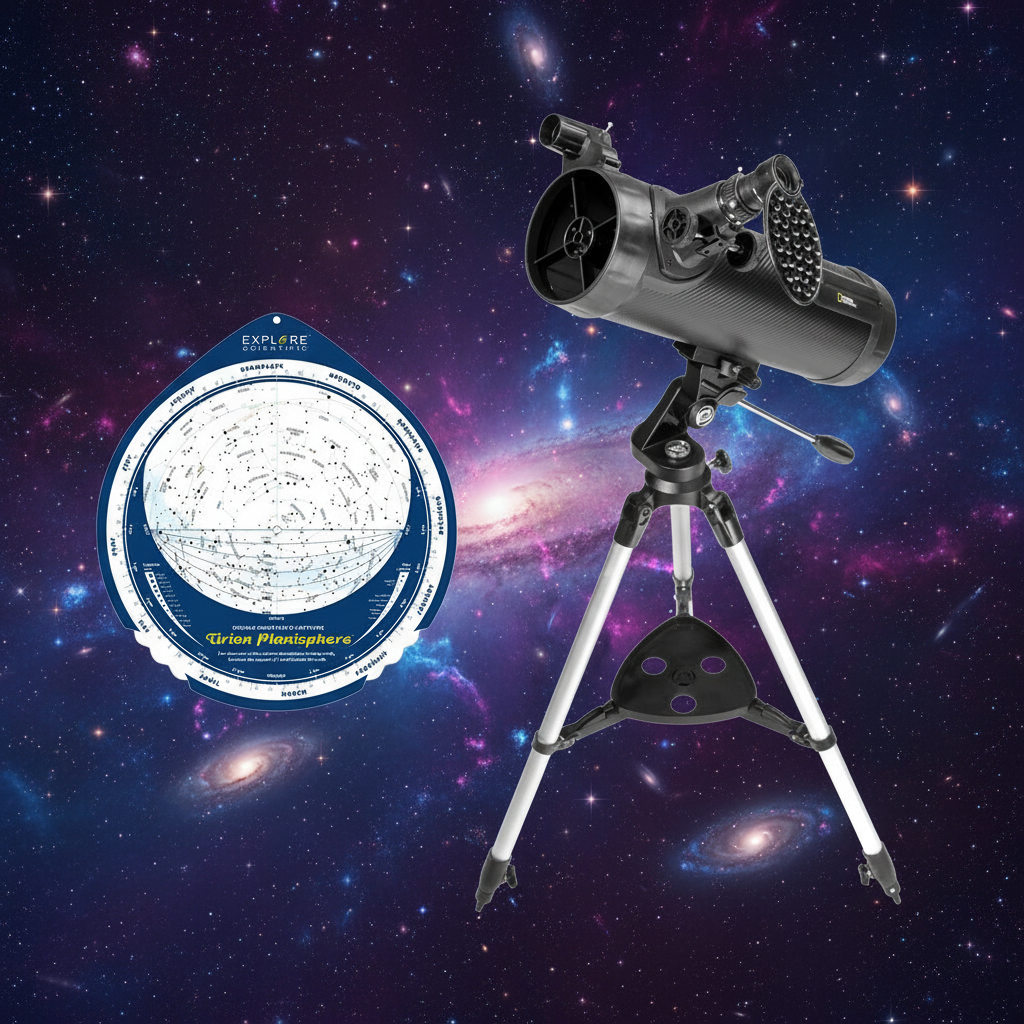Smart Microscope Slide: Apple Cell Stained Specimen
| English | Français | Deutsche | Nederlandse | Italiano | Polskimi | Portuguesas | Español | 中国 | 日本人 | 한국어 |

Apple trees (Malus Pumila) originated in Central Asia, where its ancestor Malus Sieversii (the wild crab apple) is still found. They are deciduous trees in the rose family. Since ancient times cultivated, nowadays more than 7000 different varieties are grown worldwide. In 2010, the genome of the fruit was sequenced as part of research into disease control and selective breeding in apple production.
This slide of the fruit cells of an apple appears blue and red because of the Methelyne Blue and Eosin (red) spots that are used to mark the individual structure of the fruit cells against the background. Without the spots, these star-shaped cells generally appear colorless, making it more difficult to examine the subtle structures. Coloring samples is just one technique to help students examine microscopic samples to determine what they are (their morphology).
Large-scale apple growers can study the effects of fungal, bacterial and pest problems on the tree and the fruit with a microscope to determine the best course of action to maintain the optimum health of the crop.
[back to index]











